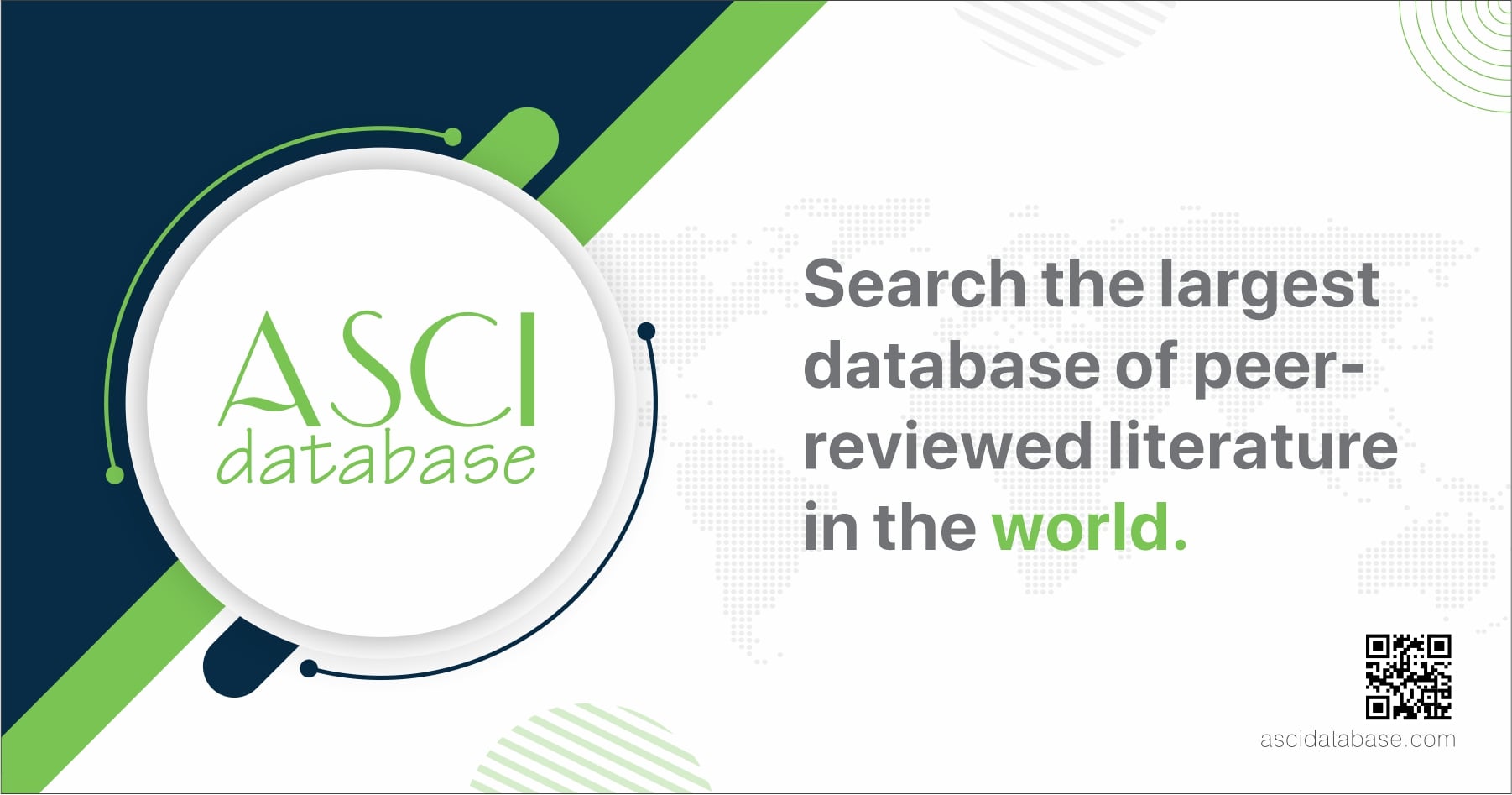Instructions for authors
Dear authors!
The editorial office of the journal "Bulletin of L. Gumilyov Eurasian National University. Historical Sciences. Philosophy. Religious Studies Series" takes to the publication of original articles of the author. Please read the terms and rules of publishing an article.
A mandatory requirement when registering an article on the journal’s website is to fill in the author’s metadata in three languages (article title, annotation, keywords, authors name, place of work, e-mail addresses). In the absence of full information in the application for publication of the article will not be published.
Authors (no more than three) must submit two versions of the manuscript. One of them should not contain information about the authors (full name, place of work, information about the authors), as anonymized text is required for double-blind reviewing. The author(s) also need to submit a cover letter.
Terms of publication and article conditions:
- Co-authors would include those who have made a significant contribution to the creation of the study, its conception, design, execution, or interpretation. Persons who have made insufficient contributions to the preparation for acknowledgment of authorship may be listed in the Acknowledgements section with an indication of the scope of their work.
- The article should contain a statement of purpose and objectives, a description of the main results, and conclusions, and have relevance and novelty.
- The article submitted for publication should not have already been previously published or sent to another journal.
- The submitted article should meet all the requirements for registration, adopted in the journal (sample design of the article , sample design of bibliographic data for the article).
- Authors who wish to publish in the journal must be registered and upload the article on the website https://bulhistphaa.enu.kz
- Language of articles: Kazakh, English, Russian.
Design requirements (design sample):
- The first page indicates:
‒ MRNTI (left alignment)
‒ The title of the article. Font – typeface Times New Roman. The size of the pin is 14 pt. The font type is bold. Left alignment without indentation;
‒ The name, initials of the patronymic and surname of the author(s) are indicated on the first page after the title of the article, the typeface is Times New Roman. The size of the pin is 14 pt. The font type is bold. Left alignment without indentation.
‒ Place of work or study, city, country, typeface Times New Roman, italics. The size of the pin is 14 pt. Left alignment without indentation.
‒ E-mail, orcid.org all authors, typeface Times New Roman. The size of the pin is 12 pt, right alignment
- Next, you need to give a detailed annotation (at least 150-200 words). The abstract should not repeat the content of the article, should not contain references to the text of the work and the list of references, should be a summary of the content of the article, reflecting its features, specificity, novelty, contribution of the author(s) of the discovery and conclusions. The abstract should avoid a review of historiography, methodology and research methods. Font – typeface Times New Roman. The size of the pin is 12 pt. Width alignment indent 1.
- Keywords. It is necessary to specify keywords ‒ up to 7-10, allowing indexing of the article in search engines. Keywords are separated by a punctuation mark "semicolon". Font – typeface Times New Roman. The size of the pin is 12 pt. Indentation width alignment 1.
- Text editor parameters: margins – 2 cm on all sides; width alignment; font – Times New Roman, size – 14; line spacing – 1; paragraph indentation – 1 cm; sheet orientation – portrait.
- The volume of the full text of the manuscript for the section: 16-20 pages or at least 1-1,5 printed sheet (p.sh.). Reviews 0.5 (p.sh.), the requirements apply to scientific reviews and personalities.
- Tables and figures in the text are arranged in ordinal numbering. The names are centered without indentation. References to tables and figures are given in parentheses, the position of the subject in the figure is indicated in italics: (Fig. 1, 2;). The volume of figures or tables should not exceed 1/3 of the article.
- References in the text to the corresponding source from the list of references are made in parentheses indicating the first author of the work, year of publication, page number(s), for example:
- (Kozybayev, 1989: 45) or (Abylkhozhin, 2019: URL);
‒ If there are 2 or more authors: a) (Kozybayev et al., 2022:45); b) (Kozybayev, Abylkhozhin, Tatimov, 1989: 45);
‒ If there is no direct link: (Omarbekov, 2022).
Links must necessarily include scientific papers for the last five years (at least five).
The font of the list itself is Times New Roman, size – 14, paragraph – indent 1, width alignment.
References to the archive are given in the text of the article in parentheses, at the first mention with a full transcript (hereinafter abbreviated) ‒ example: (Archive of the President of the Republic of Kazakhstan (hereinafter AP RK) F. 141. Op. 17. D. 2356. L. 12.)
- The list of references is provided in two versions (References: sample design):
‒ The list of references is compiled in alphabetical order (surname and initials of the author, title of the work, place, publisher, year of publication, pages) in the original language. When using literature in English, make out in the list in the original language in alphabetical order.
‒ List in Latin transliteration (https://translit.ru similar to the Ministry of Internal Affairs), in which a translation into English is given in square brackets. If the links are in English, transliteration is not required.
Links to author's articles should not exceed 20-25%.
At the end of the article, you must specify a list of accepted abbreviations.



